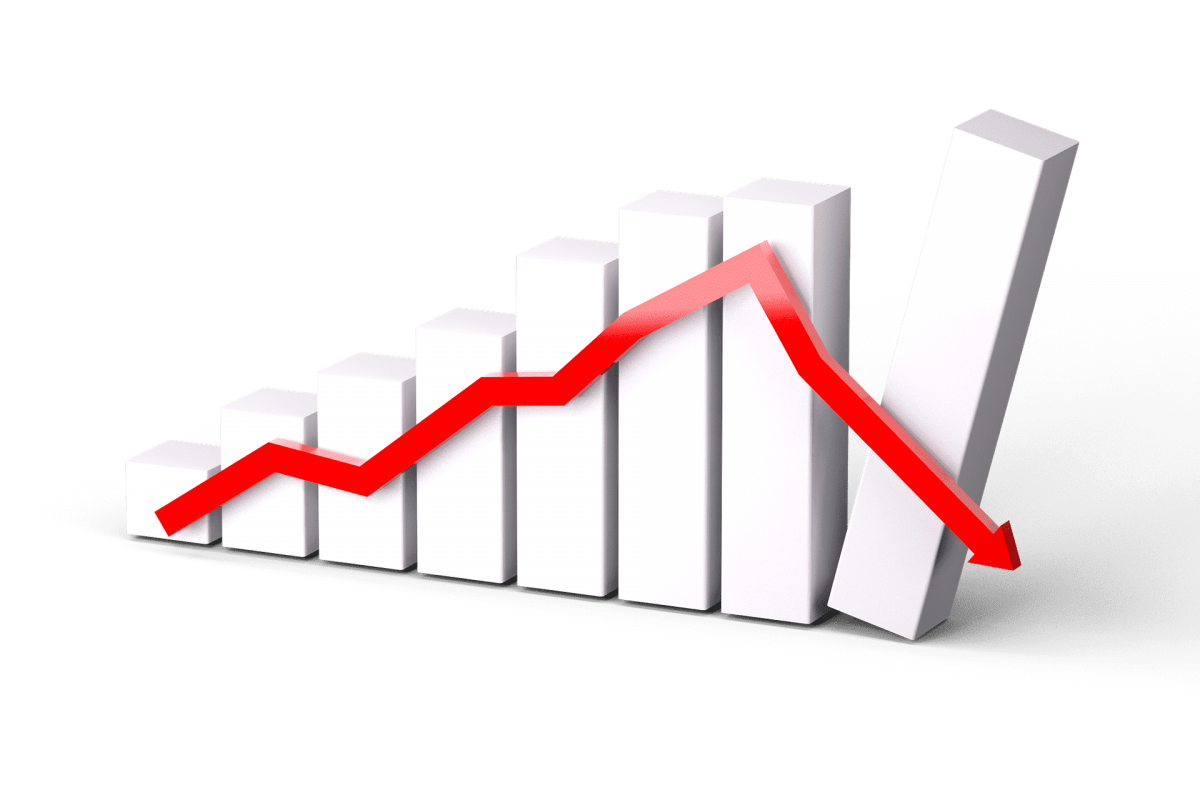On April 23, 2018, the chairman and the president of the Chicago Board Options Exchange issued an open letter to address concerns that the CBOE Volatility Index (VIX) is subject to manipulation.
There were at least two incitements behind this letter. First, its authors, Chairman Ed Tilly and President Chris Concannon, were responding to an article posted on SSRN in May, by two scholars at the University of Texas at Austin, John M. Griffin and Amin Shams. Griffin and Shams suggested that the CBOE VIX system is vulnerable to manipulation.
“At the exact time of monthly VIX settlement,” Griffin and Shams write, “highly statistically and economically significant trading volume spikes occur in the underlying SPX options.” Second, these spikes occur only in the out-of-the-money (OTM) SPX options that go into the VIX settlement calculation, not in the ITM options. The patterns are consistent with what a trader would want to do if it wanted to move the price by spreading trades across the SPX strikes and increasing the number in the deep OTM put options consistent with the VIX formula.
Griffin and Shams also write that a “similar volatility contract with an entirely different settlement procedure in Europe” does not seem to be as susceptible to market manipulation as is the CBOE’s VIX. They believe that the contrast demonstrates the importance of settlement design.
A Whale in the Shallow Pool
The second incitement to the Tilly/Concannon letter was a disruption on April 18, when a single trader (a “whale,” as some in the press have called it) submitted orders that represented about j90% of the buy side interest, “banging the auction” in the conventional phrase.
The Tilly/Concannon letter acknowledges the buy order imbalance in the opening auction that day, but says that the process “functioned as intended, notwithstanding that the final settlement value was higher than what market participants might otherwise have expected.” In other words: ‘nothing to see here folks, please move along.’
With regard to the Griffin/Shams article, the CBOE chiefs claim that the article “is based on a fundamental misunderstanding about how VIX derivatives are traded and settled.” The authors label as suspect trading behavior that, Tilly/Concannon assure the world, is “normal and legitimate.”
But the chiefs also contend there is a “larger liquidity trend” underway, and that they are taking some actions to address it. This seems in context to mean that they are concerned there isn’t enough liquidity to prevent a single whale from setting off a tidal wave.
This issue will be addressed, they add, by the migration of VIX to the Hybrid market model on April 30. This will mean an increase in the number of participants who can quote during the opening auction.
The Streetwise Professor
Craig Pirrong, finance professor at the University of Houston and proprietor of a much-referenced blog on the subject of commodity and derivatives markets, The Streetwise Professor, has also weighed in on the issue of VIX manipulation.
As to the April 18 auction: Pirrong says that the Tilly/Concannon letter, in its discussion of this matter, doesn’t really contradict the appearance that a manipulation took place. After all, the events as the chiefs describe them are in fact “exactly how that kind of manipulation works.”
Pirrong acknowledges the chiefs’ talk of their efforts to improve liquidity, but to him this seems to concede the point they want to deny. Illiquidity is precisely the condition on which a whale in such a circumstance depends. Further, traders who weren’t interested in manipulating prices wouldn’t want to trade in a way that exacerbates the impact, and often go to a great deal of trouble to minimize their impact.
A Lawsuit
William Siegel, a trader in VIX futures and options, has filed a lawsuit accusing seven market makers of conspiring, in violation of the antitrust laws, to manipulate the VIX at a cost of billions at the expense of investors and traders such as himself. Siegel also blames what he calls the CBOE’s greed for transaction fees and revenue which has allegedly caused the exchange to turn a blind eye to this conspiracy.




